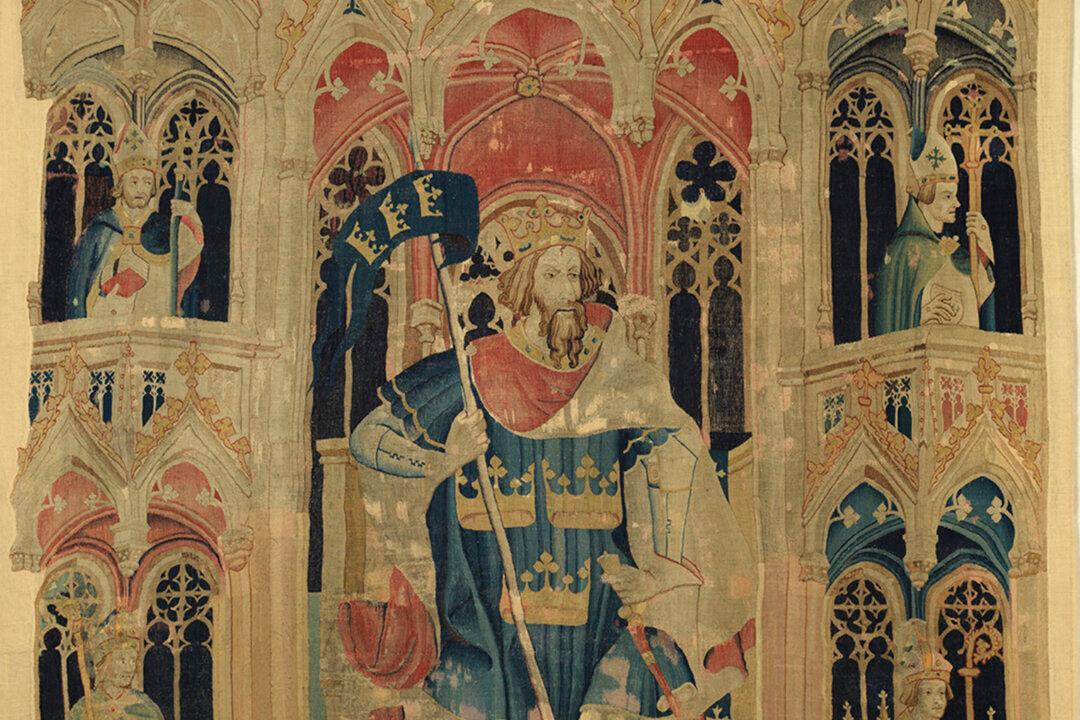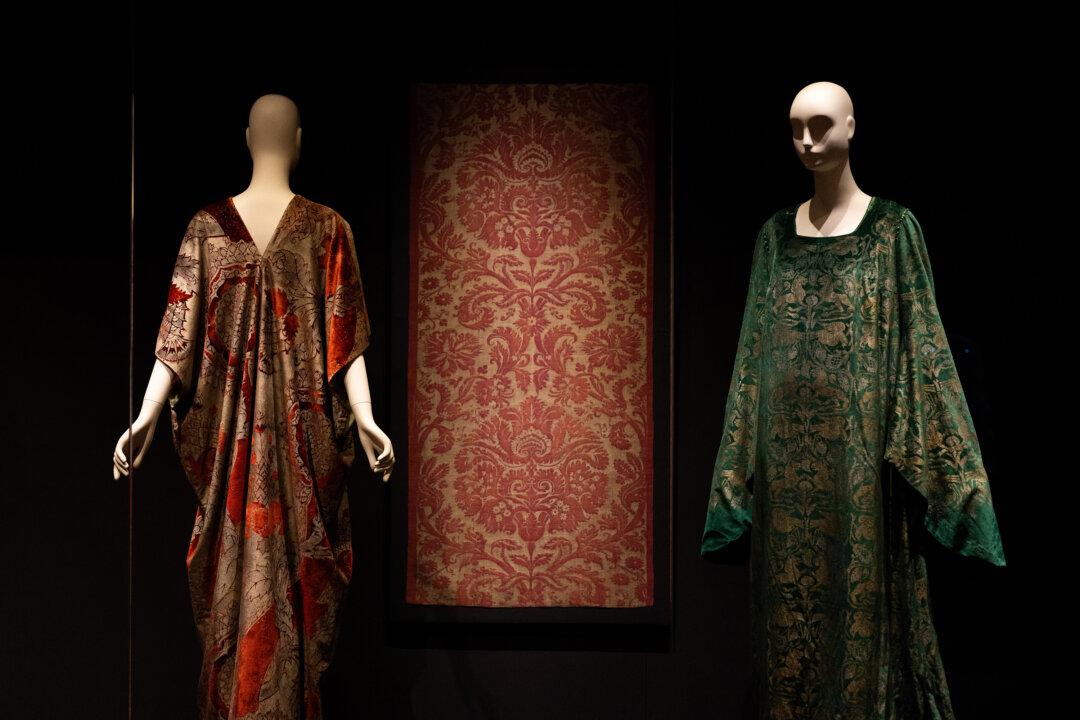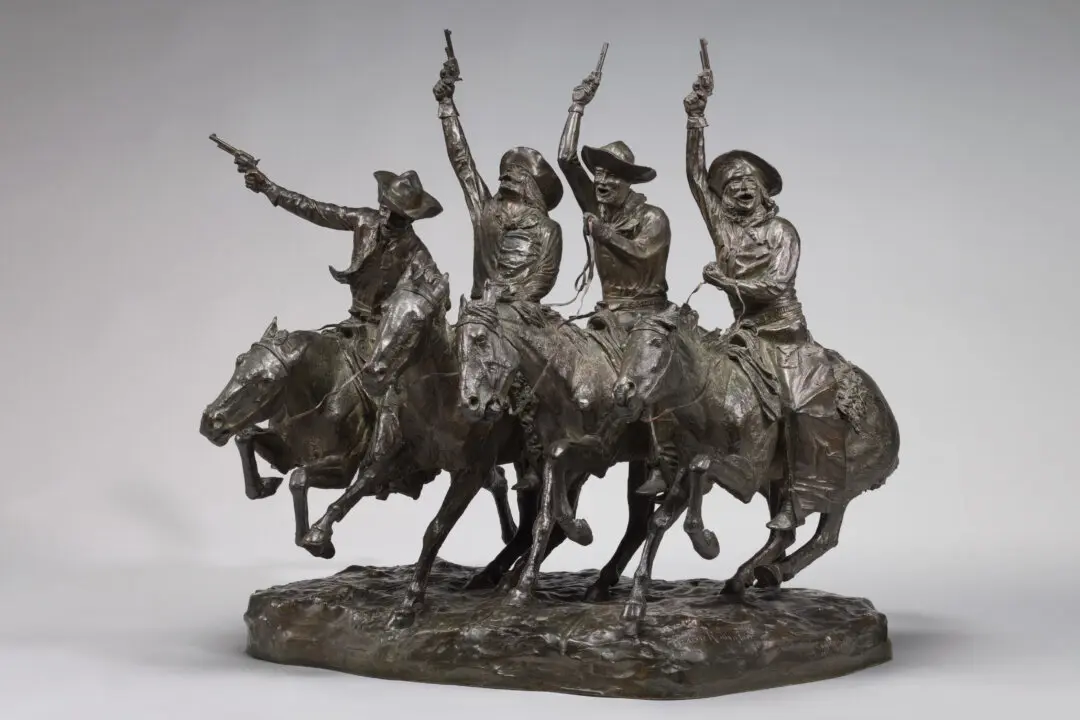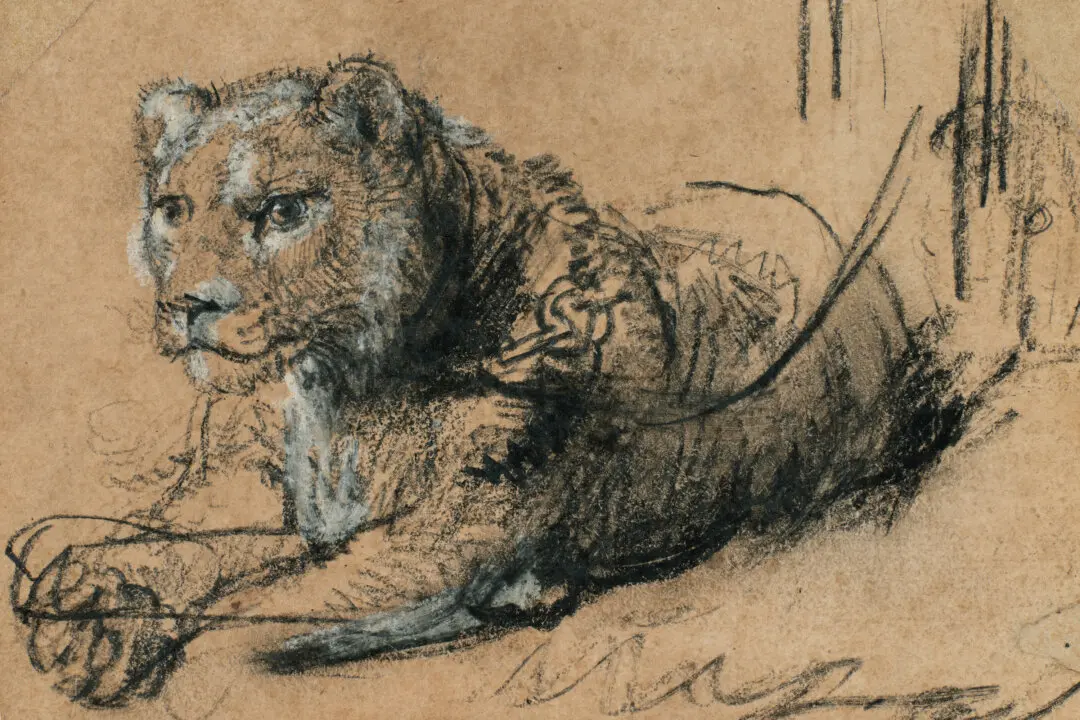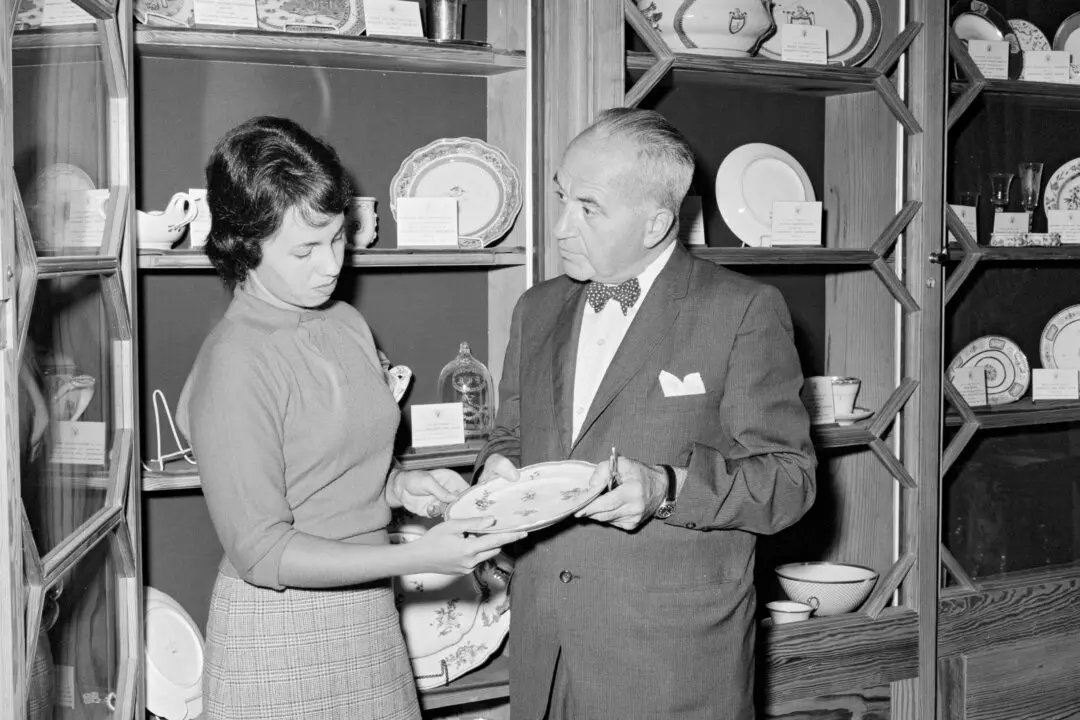King Arthur has captured the public’s imagination for centuries. Drawing on Welsh poetry and folktales from the late A.D. 500s to early 600s, cleric Geoffrey of Monmouth wrote the first major medieval historical account of Arthur in his “History of the Kings of Britain.”
This mid-12th-century book codified the basic foundation of Arthurian legend, which subsequent authors, in the Middle Ages and beyond, expanded upon in an array of chronicles featuring retellings and spin-offs. Narrative secular accounts of King Arthur and his court at Camelot became so widespread among all social classes that they were the most popular text, after the Bible, in medieval Europe. During this period, King Arthur was depicted in many media, including tapestry and manuscript paintings.

